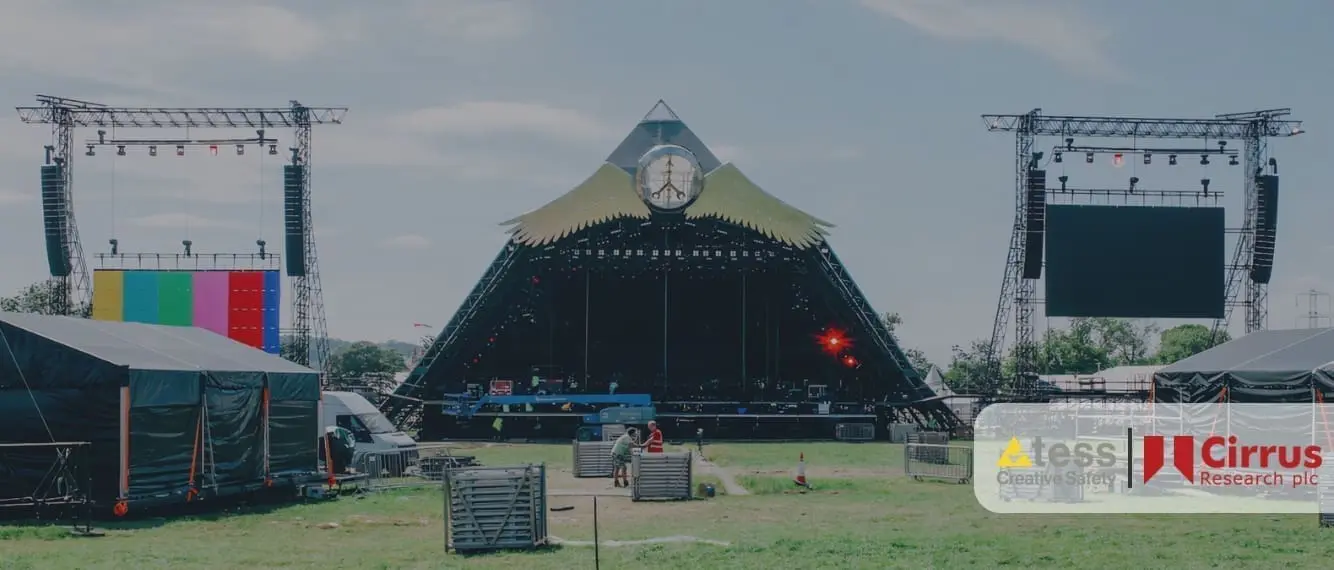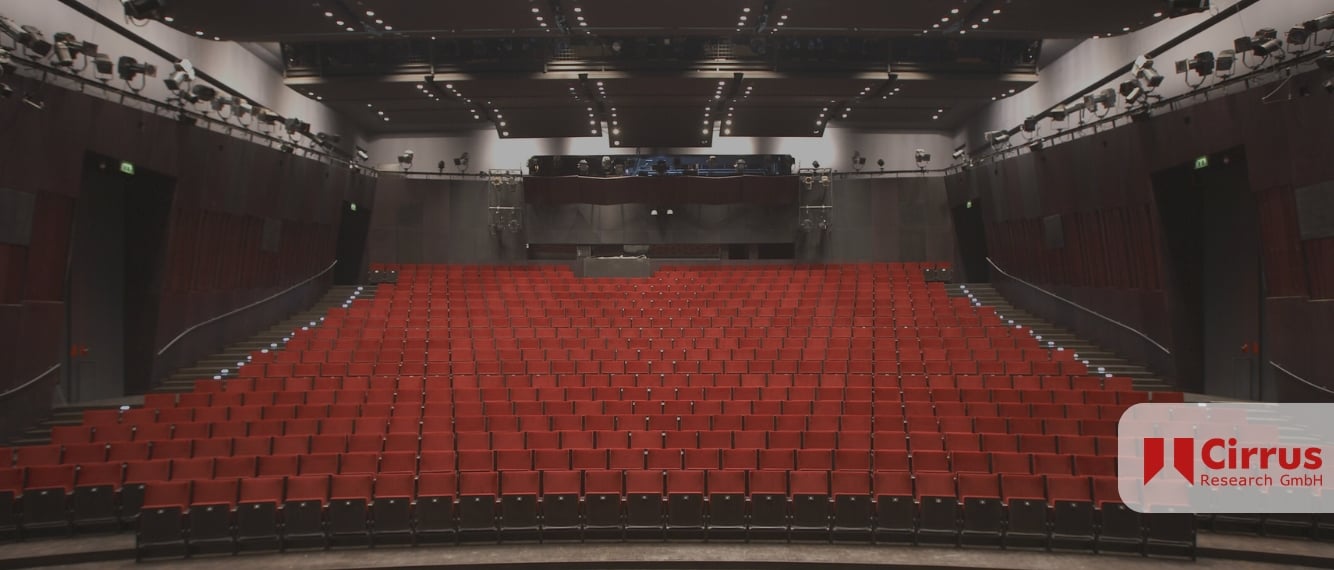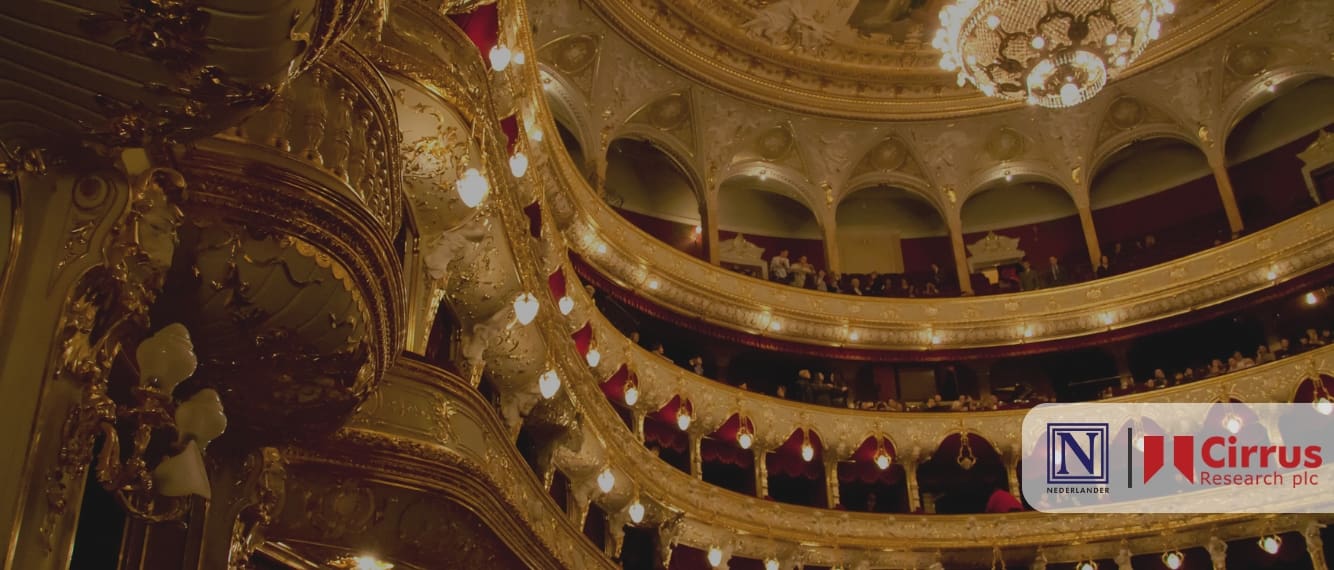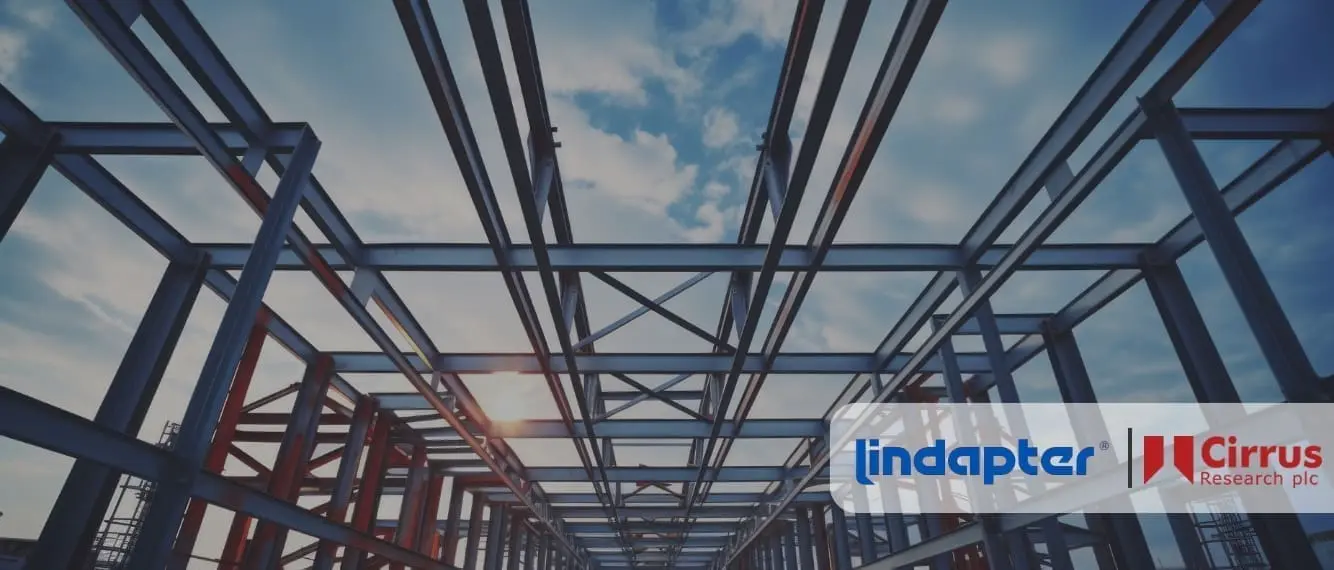The largest greenfield festival in the world posed a challenge where innovative tactics were employed to ensure that noise measurements were accurate and valid.
Richard Willson, a Noise at Work Consultant for TESS, The Event Safety Shop, is renowned in the UK for his expertise in managing noise at festivals, including notable events like Glastonbury, Latitude, Leeds & Reading Festivals, Festival Republic, and BBC events. At the 2014 Glastonbury Festival in Somerset, Willson ensured compliance with the 2005 Control of Noise at Work Regulations and site noise limits, overseeing the monitoring of noise levels to safeguard the well-being of festival employees and concession staff throughout the five-day music and performing arts festival.
The sheer size of Glastonbury covering some 900 acres as the largest greenfield festival in the world, posed a challenge with Richard employing some innovative tactics to ensure his noise measurements were accurate and valid. With 200,000 festival goers and approximately 60,000 staff on site, Richard also had to use all of his negotiation skills to enforce compliance and understanding of noise levels as a serious health issue.
“Recent changes to the Noise at Work regulations meant that they now apply to festivals so my work begins with a visual survey of the site to pinpoint where we see a need for ear protection in noise hot spots and estimate how many staff will need ear plugs or other protection. We aim to have over 70% compliance as a general rule of thumb at any one time and this would cover everyone from festival staff, traders and concession employees.
“Using the data, we create a noise map of the site and then work up red, amber and green zones which range from constant noise levels that require mandatory ear protection to be worn, through to warnings of intermittent excess noise or low risk areas.
“You have some areas that are obvious red zones such as The Pit at the front of the stage where security and medical staff are based. Normally, a festival will start around 11am and go through to maybe 1am the following morning. There is some down time when the roadies are changing sets but other than that there will be very high noise levels in this area and anyone based there will be suffering from long term exposure. Fortunately the security staff are very experienced and understand the risks. Roadies and the musicians are also at risk, so much so, their jobs are listed as one of the top 5 noisiest in the UK that’s alongside jobs such as airport ground staff and construction workers.
“The awareness of noise is increasing but we still have issues persuading other personnel on the site of the risks of noise levels for their staff, for example, with some of the bar concessions further away from the main stage but who have their own sound and PA systems in confined spaces.
“We understand that they want to have the music on loud to create an ambience and attract people in but they also have to understand the damage it can cause to people’s hearing. Hearing damage and loss is a very serious condition and sufferers of tinnitus have been known to commit suicide because of the misery it causes. With this kind of situation we have to negotiate and persuade, but we also understand it is problematic if bar staff wearing ear plugs can’t hear the customers properly. The data we collect from the doseBadge® and using the Optimus® Industrial sound level meter gives us the evidence we need to make the case and we are able to show the high level readings and come up with a solution.
“I have to leave the doseBadges® in all kinds of places around the site, but they work in all weathers.”
“At this type of Festival, you can regularly expect noise levels to exceed 110 dBA and you need to understand the risks that brings. Having said that, you also need to be aware of the variances expected during a festival day or weekend. You wouldn’t expect Dolly Parton on the main stage who would be quite mellow to be as loud as, say, Metallica. There has to be a lot of common sense applied.
“But every festival is different and the sheer size of Glastonbury poses a problem. It might take me two hours just to walk around the site to put the doseBadges® in place. We then need at least six hours of recordings and then it would take me another two hours to go around and collect them all in again before we can download and analyse the results.
“Fortunately, having used the doseBadge® and Optimus® Industrial for several years now I know they are very robust and they have never failed on me. I have to leave the doseBadges® in all kinds of places around the site, but they work in all weathers – very handy with the British summers! The screens and readings are easy to see, whether it is during the day or getting on into the evening; which is important as we take readings at all times of the day and night. The software is also very user friendly and simple to operate which is important as you need a really quick way to get the job done, often working at breakneck speed.
“Overall, festival management are becoming more aware of the Noise at Work regulations and how it applies to their event. They need to be able to understand the data we collate and see it as clear evidence. The same applies for Local Authorities who are pushing compliance more and more at these type of events as they take place within their region.”
Cirrus Products Used in This Case Study
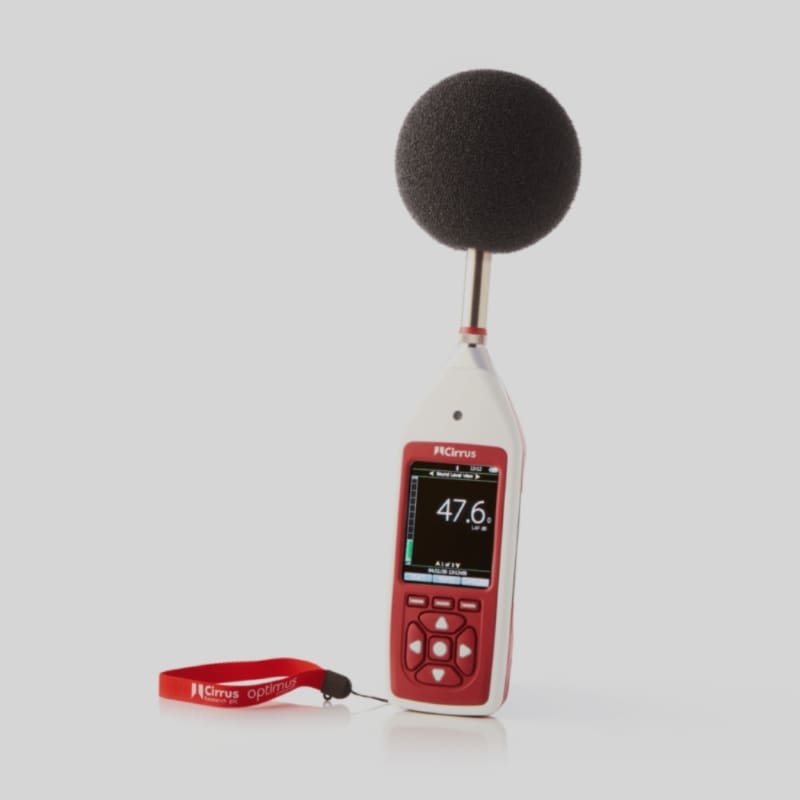
Available as a Class 1 or Class 2 instrument, the Optimus+ Industrial integrating sound level meter is ideal for occupational noise exposure assessments in the workplace.
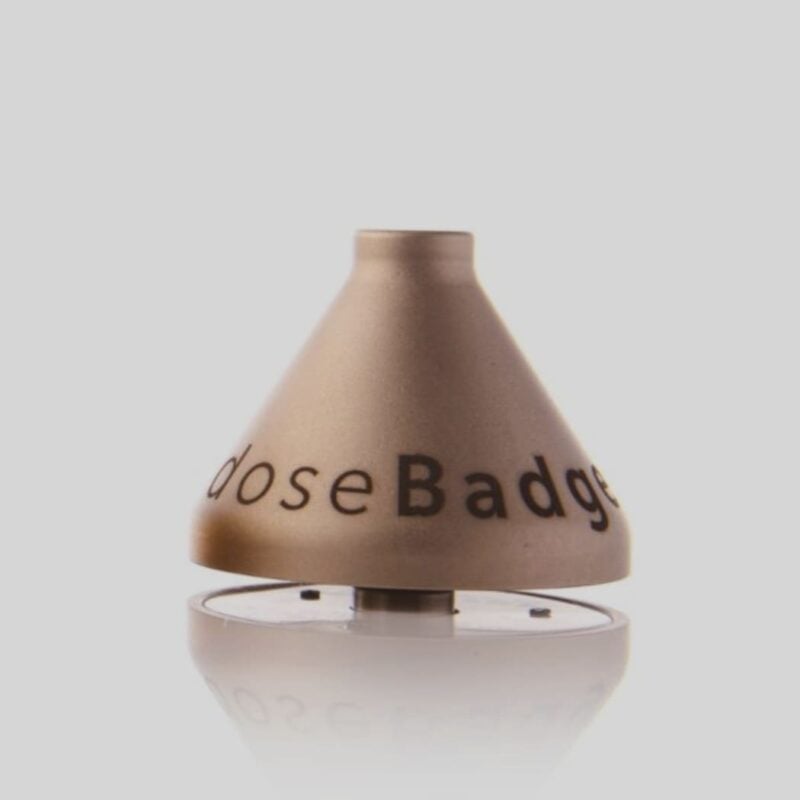
The doseBadge noise dosimeter is ideal for recording the noise levels experienced by an individual throughout the course of the day.
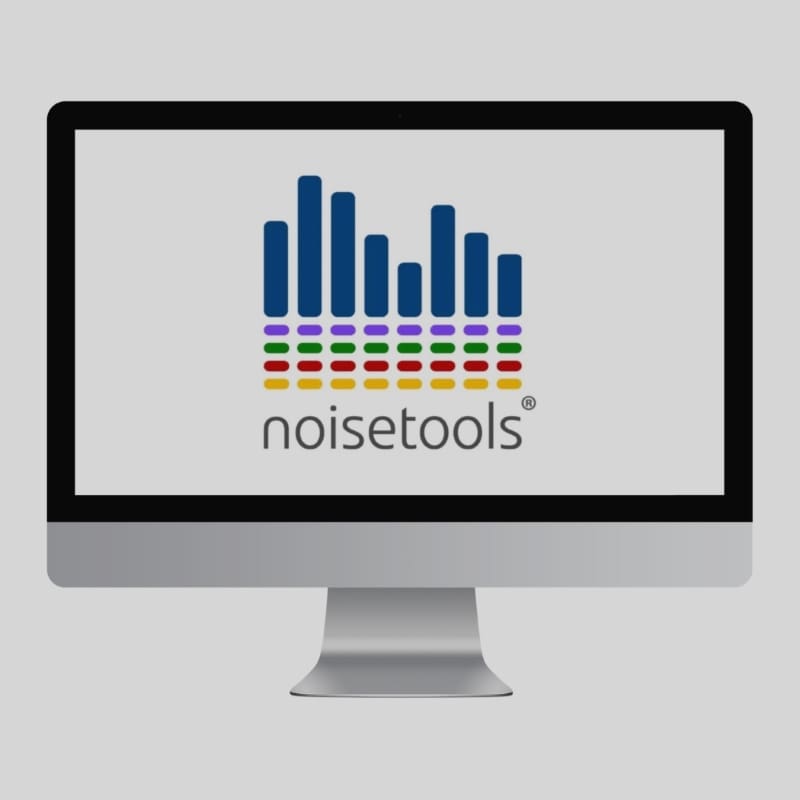
NoiseTools is our licence-free noise measurement database, supplied as standard with our sound level meters, noise dosimeters, and noise measurement kits, to help you manage and control noise levels in your workplace or in the environment.
